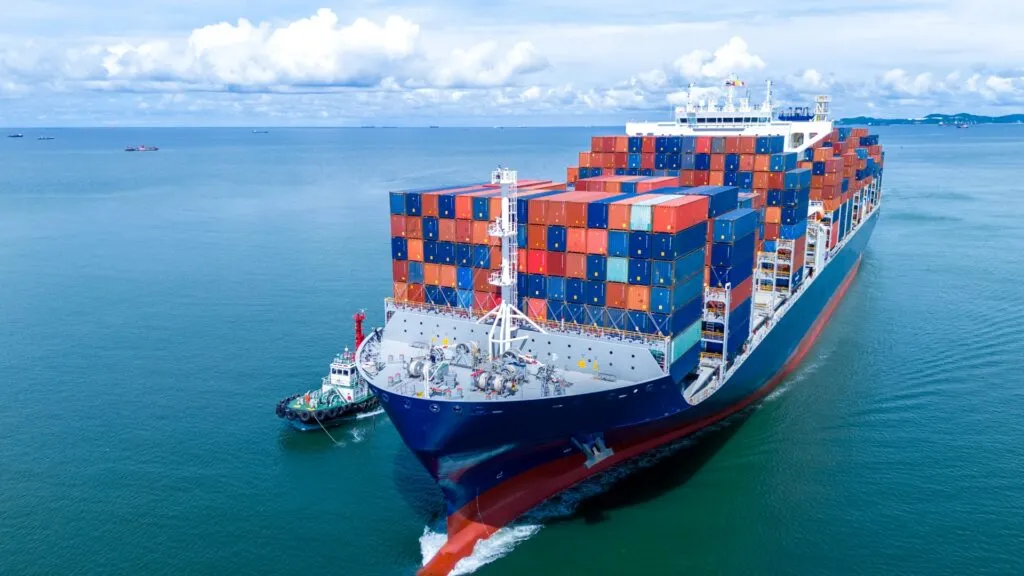Imagine this: a container of high-value electronics is en route from a supplier in Asia to a buyer in Europe. The contract term is CPT (Carriage Paid To) Hamburg. Mid-journey, the ship encounters severe weather, and the container is lost at sea. The buyer, seeing that the seller paid for the freight to Hamburg, assumes the loss is the seller’s problem. They are shocked to discover that under CPT, the risk of loss transferred to them the moment the container was handed to the carrier back in Asia. The seller fulfilled their obligation, yet the buyer is left with no goods and a massive financial loss.
This isn’t a far-fetched scenario. It’s a “million-dollar misunderstanding” born from a misinterpretation of a three-letter acronym. In the high-stakes world of global commerce, such misunderstandings can be catastrophic. The antidote is a clear, universal language, and that language is Incoterms®.
The Global Standard for Trade Communication
Published by the International Chamber of Commerce (ICC), the Incoterms® rules are a globally accepted set of standards that define the responsibilities of sellers and buyers for the delivery of goods under sales contracts. They are not laws, but by incorporating them into a contract, they become legally binding. Their purpose is to answer three critical questions for every transaction:
- The Delivery Point: Where does the seller officially hand over the goods?
- The Risk Transfer Point: At what exact moment does the risk of loss or damage pass from the seller to the buyer?
- The Cost Allocation: Who is responsible for which costs, such as transport, insurance, and customs clearance?
Mastering the 11 rules of Incoterms® 2020 is about moving from confusion to confidence, ensuring all parties are on the same page.
A Practical Breakdown by Responsibility
Instead of a simple list, let’s explore the Incoterms® by the level of risk and responsibility they place on the seller and buyer.
Group 1: The “E” Term — Maximum Buyer Responsibility
- EXW (Ex Works): This is the simplest term for the seller. Their only job is to make the goods available for pickup at their own location (factory, warehouse). The buyer bears all risks and costs from that point forward, including loading the goods and clearing them for export. It’s akin to picking up a pizza from the restaurant yourself.
Group 2: The “F” Terms — Seller Delivers to Buyer’s Carrier, Main Carriage Unpaid
In this group, the seller is responsible for getting the goods to the buyer’s chosen carrier. The seller handles export clearance, but the buyer pays for the main international transport.
- FCA (Free Carrier): The most flexible “F” term. The seller delivers the goods to the buyer’s carrier at a named place. If it’s the seller’s premises, they must load the truck. If it’s another location (like a port terminal), they get the goods there but don’t have to unload. Risk transfers once the carrier takes charge. This is the recommended rule for most containerized shipments.
- FAS (Free Alongside Ship): A specialist rule for sea transport only. The seller’s job is done when the goods are placed alongside the vessel at the designated port. The risk transfers at that moment, before the goods are loaded.
- FOB (Free On Board): Another classic sea transport term. The seller is responsible for all costs and risks until the goods are loaded on board the vessel. Once the goods cross the ship’s rail, it becomes the buyer’s problem. Using FOB for container shipments is a common but dangerous mistake, as goods are often handed over at a terminal long before being loaded onto the ship; FCA should be used instead.
Group 3: The “C” Terms — Seller Pays for Main Carriage, but Risk Transfers Early
This is the group where the CPT disaster from our introduction occurred. The seller arranges and pays for the main transport, but their responsibility for risk ends long before the journey is complete.
- CPT (Carriage Paid To): The seller pays for freight to a named destination. However, the risk transfers to the buyer as soon as the goods are handed to the first carrier in the chain.
- CIP (Carriage and Insurance Paid To): The same as CPT, but the seller must also purchase a high level of cargo insurance for the buyer’s benefit. Even with insurance, the risk still transfers at the origin.
- CFR (Cost and Freight): A sea transport-only rule. The seller pays for freight to the destination port, but risk transfers once the goods are on board the vessel at the origin port.
- CIF (Cost, Insurance and Freight): The sea-transport equivalent of CIP. The seller pays for freight and arranges a minimum level of marine insurance. Risk still transfers when the goods are on board the ship.
Group 4: The “D” Terms — Maximum Seller Responsibility (Arrival)
These terms require the seller to bear all costs and risks to bring the goods to the destination country.
- DAP (Delivered at Place): The seller is responsible for delivering the goods to a named destination, ready for the buyer’s unloading. The seller handles all transport risks up to this point, but the buyer is responsible for customs clearance and unloading.
- DPU (Delivered at Place Unloaded): A new term for 2020. It’s the same as DAP, but the seller is also responsible for unloading the goods at the destination. It is the only rule where the seller must unload. The buyer still handles import customs.
- DDP (Delivered Duty Paid): This is the EXW of the seller’s world—it represents their maximum obligation. The seller is responsible for everything: transport, risk, export clearance, and import clearance, including paying all duties and taxes. The buyer’s only job is to receive the goods.
Choosing the Right Tool: Mode of Transport Matters
A critical mistake is applying a sea-specific rule to other forms of transport. The Incoterms® 2020 are split into two clear categories for this reason.
-
Rules for Any Mode of Transport (EXW, FCA, CPT, CIP, DAP, DPU, DDP): These seven rules are the versatile workhorses of modern logistics. They are designed for any transport method, including air freight, road, rail, and, most importantly, containerized ocean freight, where goods are typically handed over at a terminal (a “place”) rather than loaded directly onto a ship.
-
Rules for Sea and Inland Waterway Transport (FAS, FOB, CFR, CIF): These four are specialists. They should only be used for bulk cargo (like oil or grain) or non-containerized goods where the seller can physically place the goods “alongside” or “on board” a specific vessel.
Conclusion: Gaining Certainty in a Complex World
The world of international trade is filled with variables. Incoterms® are designed to remove ambiguity from the most critical parts of a transaction. Understanding the subtle but vital differences between CPT and DAP, or knowing when to use FCA instead of FOB, is not just academic—it’s a fundamental risk management strategy.
By moving beyond simple definitions and understanding the underlying flow of risk, cost, and responsibility, businesses can prevent costly disputes, streamline their supply chains, and build stronger, more transparent relationships with their global partners. And while invaluable tools like official wall charts can serve as a daily guide, a deep, practical understanding is what truly turns a potential misunderstanding into a predictable success.

